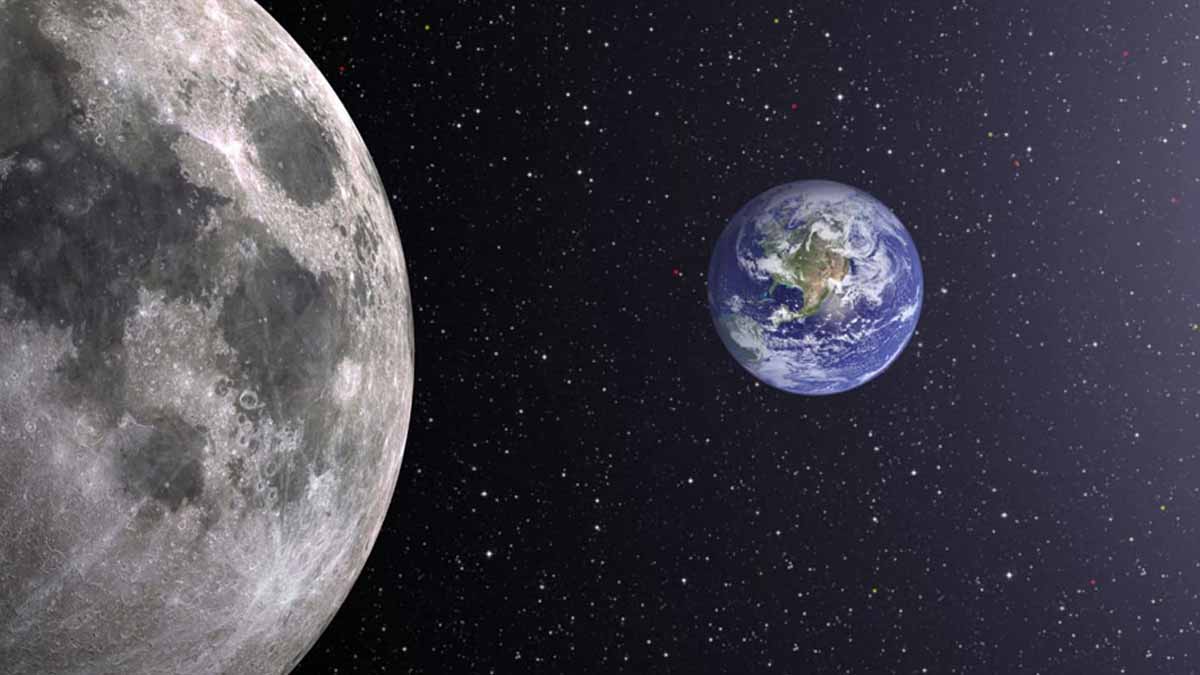Clocks don’t lie, yet Earth has started to shave off slivers of time. Since 2020, days have shortened by barely a heartbeat, a measurable change that raises precise questions about what’s driving the spin. An astrophysicist has now flagged the next likely record within weeks, turning attention to timing systems, lunar pulls, and subtle geophysics.
What a shorter day really means for Earth
A solar day should last 86,400 seconds, though nature never promised perfect regularity. Since 2020, the planet has spun a little faster, and the shift is measurable. We are not losing hours, only slivers of time. The shortest day so far clipped just 1.66 milliseconds. You would blink and miss it.
That tiny slice matters because timekeeping runs the modern world. Networks, markets, navigation, and satellites rely on exact clocks. Atomic clocks track day length with stunning precision, so the change is clear. No one is using a stopwatch; the data come from lab-grade instruments that reveal real, if slight, drift.
Before 2020, the opposite trend held. Tidal friction from the Moon slowed rotation, lengthening days over long spans. Then the curve bent. The spin quickened for reasons still unclear. Scientists see a new pattern and study it with care. The result is simple: shorter days now appear more often than before.
How rotational speed changes and how we measure it
Rotation is not fixed. The planet behaves like a complex top, influenced by mass shifts, oceans, core flows, and the pull of the Moon. Small changes add up. They do not reorder life, yet they register in labs that set the pace for global systems. The mechanism is subtle, but the signal stands.
Atomic clocks give the final word on precision. They compare the planet’s spin with stable time standards. Differences of milliseconds are obvious to these instruments. They also reveal a run of new records since 2020. Against that backdrop, an astrophysicist has forecast several likely dates for the next shortest day.
Those dates cluster within weeks, not years. The projection points to July 9, July 22, or August 5, 2025. The timing lines up with phases in the Moon’s orbit that may matter. The match is suggestive, not proof. Still, the pattern is real, and Earth keeps offering data that tighten the estimates.
Practical impacts, from networks to navigation
For daily life, nothing dramatic happens. Your morning coffee stays your morning coffee. Yet in tech, a few milliseconds can ripple through systems that must stay in sync. When clocks slip, precision services feel stress. Engineers prepare for that stress and smooth it out with careful, well-tested procedures.
Telecom links depend on timing. So do trading systems, GPS receivers, and data centers. These platforms work because clocks agree across continents. When days shorten a touch, software must account for the skew. The fix is routine in the field. The concern is speed, not fear, and the aim is resilience.
Humans do not sense the change. However, servers, satellites, and sensors do. They look for alignment and correct it. That’s why the world does not wobble when timing shifts. It is also why scientists keep watching. The story is about tiny numbers, clear thresholds, and the many ways Earth sets our pace.
Records, dates, and what the numbers say about Earth
The baseline is simple: 24 hours equals 86,400 seconds. In 2021, one day came in 1.47 milliseconds short. In 2022, a day dropped by 1.59 milliseconds. In 2023, the shortest day trimmed 1.31 milliseconds. Then came July 5, 2024, the new mark at 1.66 milliseconds less than usual.
Those values do not come from guesswork. Atomic clocks reveal them with high confidence. The pattern since 2020 is clear: records arrive more often. Why? The cause remains open. Hypotheses range from changes in the core to ocean and atmosphere effects. None alone explains the full picture yet.
Looking ahead, the next jump could land soon. The forecast highlights three targets : July 9, July 22, or August 5, 2025. These dates align with moments when the Moon sits far from the planet’s equator, which may influence rotation. The link is plausible, though not confirmed, so researchers keep testing it.
Long horizons, the Moon’s pull, and what comes next
Over billions of years, the Moon’s gravity has slowed the spin. Long ago, days may have lasted only three to six hours. Tides robbed the planet of angular momentum and stretched the clock. That remains the grand trend, even if recent years show a brief, intriguing reversal that scientists aim to explain.
Extend the line far into the future, and a different picture appears. If the long trend resumes, rotation could lock with the Moon’s orbit in about 50 billion years. Tides would fade. The same lunar face would stare back, and only half the planet would see it. Surf would vanish with the pull.
Add cosmic context, and perspective returns. Our star will change much sooner, making the planet unfit for life. We will not be here to watch any lock take hold. Pop culture imagines exits, from starships to little robots. It is fine to smile at that, while the present asks only for calm and clarity.
Why this shift matters now, without alarm or panic
Shorter days are real, measured, and worth tracking. They are not a threat. The change challenges assumptions, tests our models, and sharpens tools that keep time. Records build a better picture, while open questions invite honest inquiry. As Earth spins on, the work is to measure well and stay curious.
